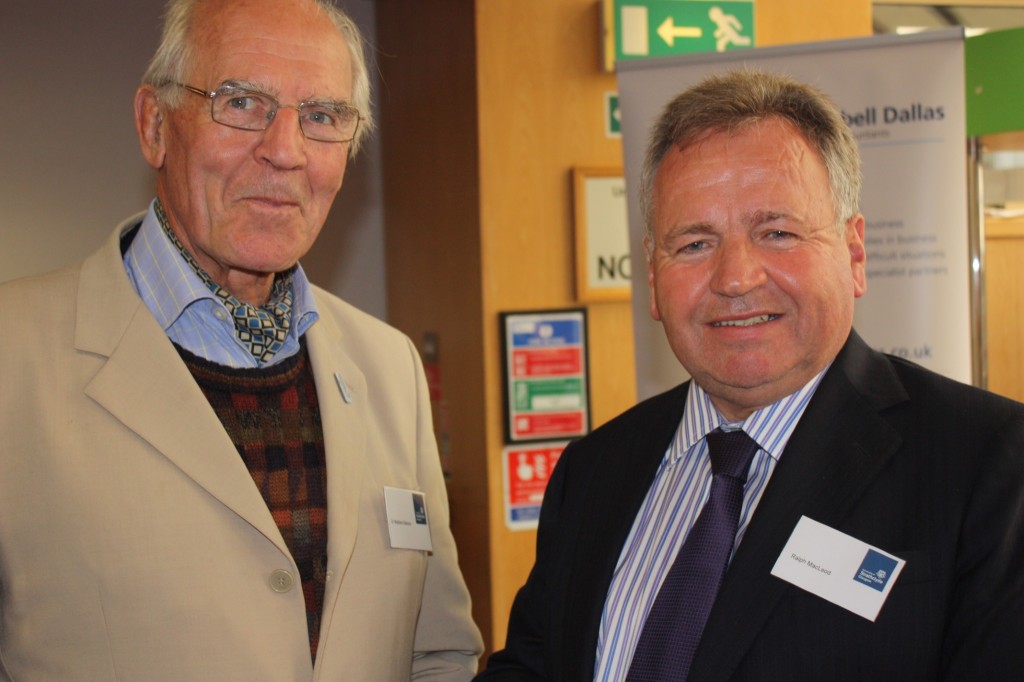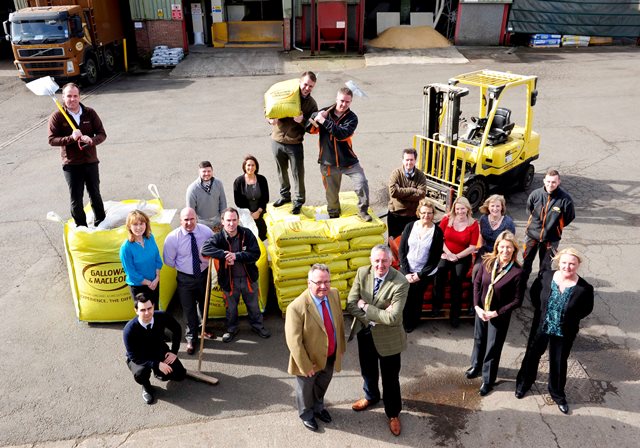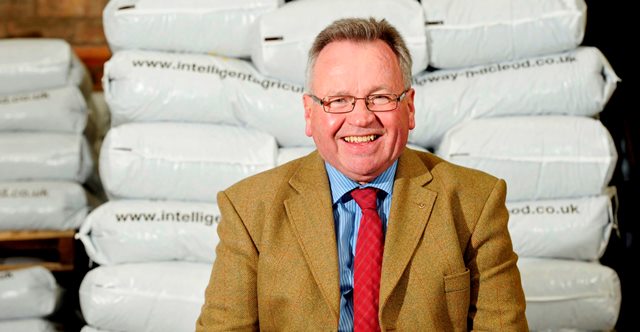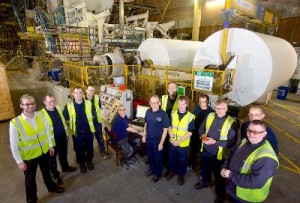 Co-operative Development Scotland (CDS) is working with the Scottish Family Business Association to help family businesses explore employee ownership as an exit route.
Co-operative Development Scotland (CDS) is working with the Scottish Family Business Association to help family businesses explore employee ownership as an exit route.
CDS specialist advisor Carole Leslie shares the experiences of two heads of family-owned businesses on why this model is such a success.
“Scotland is a brand”, Maitland Mackie told the capacity audience assembled at Strathclyde University for the launch of the International Centre for Family Enterprise at the end of last month.
Seventy-three per cent of Scottish firms are family-owned, employing half the private sector workforce. Family firms are an important feature of the Scottish economy as well as playing a major role in their local area. As Martin Stepek, chief executive of the Scottish Family Business Association says: “Take away family business and there will be no community in Scotland.”
The International Centre for Family Enterprise is an initiative which brings together the business, academic and professional world to provide a world-class collaborative resource to support this critically important sector. Martin Stepek, alluding to the difficulties caused to his family in running their successful family firm, put it so well: “I want to save family businesses the challenges that we experienced.”
Maitland Mackie’s presentation was the first in a series exploring the essence of family business.
Maitland Mackie subtitled his talk: “How not to be a cantankerous old father”. He described the challenges and rewards of heading up one of Scotland’s most recognised brands. He emphasised the importance of people; not just family members but also the local families employed in the business. Most of his employees have at least 10 years’ service, many have 20 years plus.
Maitland described his Damascene conversion from command and control management (or, in his words “Dae fit yer telt”), to a more inclusive and participatory culture. He advised the audience to “involve, involve, involve” employees and to be clear on business objectives. Mr Mackie also spoke of his “no change, no chance” philosophy. There are two rules; get the product right and market it well.
Mackie’s of Scotland went from dairy farming to ice cream production and, in conjunction with another Scottish family business Taypack, diversified successfully into crisps. The firm is about to launch a chocolate range. Maitland attributed the successful diversification to the strength of the Mackie’s brand name. Family ownership enables Mackie’s to plan for the long term. The firm “lives” on its capital. There are no outside shareholders to consider. The company can focus on doing what it does best; serving the customer.
Much of what Maitland Mackie described resonates well with the experience of employee-owned firms. There is that same fierce loyalty to the brand, the commitment to producing the best product, and delivering the highest quality service. With no external ownership, the business can look to the long term.
Keeping the business in the family was not an option for Ralph MacLeod, third generation of Lanarkshire-based agricultural feed manufacturers and merchants Galloway & MacLeod. It was important to him that the business remained independent, and the staff that had helped develop the business should have continuity, job security and the business should continue to support the local community. The Employee Ownership Model satisfied all these needs and enabled the employees to take over without incurring personal debt. In December 2010, The MacLeod family shares were transferred to two Employee Trusts.

Maitland Mackie (left) and Ralph MacLeod (right)
His experience is encouraging. “I believe we’re more of a family business now”, he says. “Many staff have long service records and career progression is encouraged through personal development training. Galloway & MacLeod directors no longer have to worry about family succession every generation and the dynamic structure created rewards endeavor and innovation. The staff think and act like owners which is to the benefit of everyone connected with the business.”
“Galloway & MacLeod is a progressive, quality-focused business delivering the best service to our customers. Our people understand that and will all share in the success.” The firm has performed well since the transition of ownership, and has ambitious plans for the future.
Passing on the business to the next generation is likely to be the preferred route for most family businesses. Maitland Mackie’s three children are now running the family firm. With nine grandchildren waiting in the wings, it looks like succession is solved for a few more years. When the next generation isn’t an option, models which preserve and protect the unique qualities that make the enterprise successful – the relationships, the loyalty, the personality – should be considered. Employee ownership is one such model.
As Galloway & MacLeod demonstrates, selling the business to employees can be the natural progression. The employees are the people who know the business well, and have a vested interest in its success and sustainability. Like family firms, they provide quality employment and training for local people, in what is a proven business model.
Family and employee-owned enterprises are critical to the long term prosperity of the Scottish economy. CDS welcomes the International Centre for Family Enterprise to Scotland, and looks forward to collaborating with such an exciting and worthwhile venture.
The second lecture in the series of the International Centre for Family Enterprise will feature Bill Gordon of William Grant & Sons and takes place on Wednesday 18 September 2013. To register for this presentation please email: corporate-events@strath.ac.uk or call 0141 548 2245.
 Earlier this week, we heard from a business owner on his thoughts about employee ownership after visiting most recent “What’s Next” event at Aquascot.
Earlier this week, we heard from a business owner on his thoughts about employee ownership after visiting most recent “What’s Next” event at Aquascot.  The first of five CDS
The first of five CDS 


 Co-operative Development Scotland’s
Co-operative Development Scotland’s

 Co-operative Development Scotland (CDS) is working with the
Co-operative Development Scotland (CDS) is working with the 